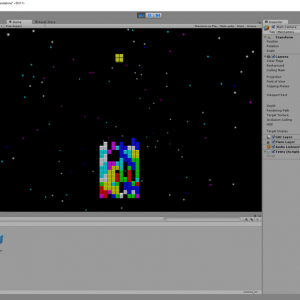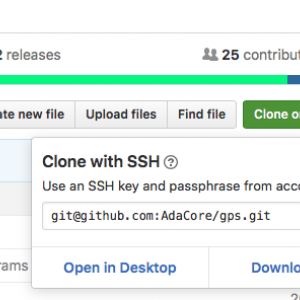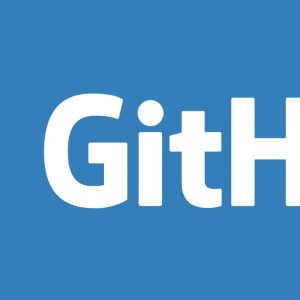GNATcoverage moves to GitHub
Following the current trend, the GNATcoverage project moves to GitHub! Our new address is: https://github.com/AdaCore/gnatcoverage
4 entries tagged with #GitHub
Following the current trend, the GNATcoverage project moves to GitHub! Our new address is: https://github.com/AdaCore/gnatcoverage

Using Ada technologies to develop video games doesn’t sound like an an obvious choice - although it seems like there could be an argument to be made. The reverse, however, opens some more straightforward perspectives.

The GPS source repository has been published on GitHub. This post briefly describes how you can access it, and hopefully contribute.

Through the adoption of GitHub we have taken our first step on the way to having a more collaborative and dynamic interaction with, both our users and open source technologies.